Photography is truly a form of art, but when you take that camera under the water, the photographer is entering a whole new realm of underwater photography.
Mike Ellis creates stunning images within a fluid world where his photo subjects glide, dart and dive through the ocean waters. His talents are unquestionable and his creative view into the lives of the playful Atlantic Spotted Dolphin, the agile Tiger Shark and others will keep you riveted to your computer screen.
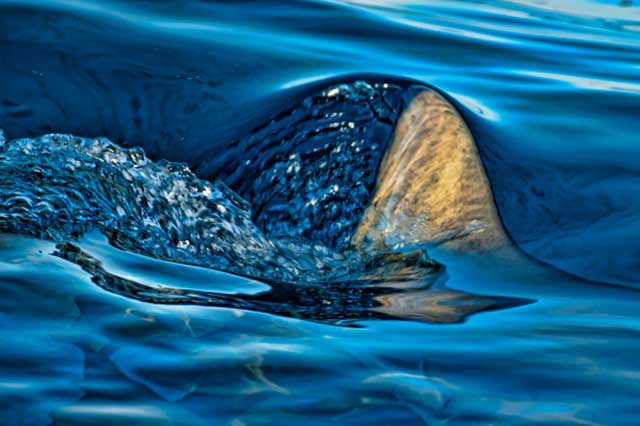
“Mike’s love for photography was heightened in the depths of Truk Lagoon, while working as a divemaster in 1991. It was there that world renowned underwater photographer, Jim Church, handed him his Nikonos SLR camera & asked him to finish off the roll. Thus began a great camaraderie of Mike, his camera(s) & the life of the big blue.”
Let’s find out more about this extraordinary photographer and what makes him take the dive time and again.
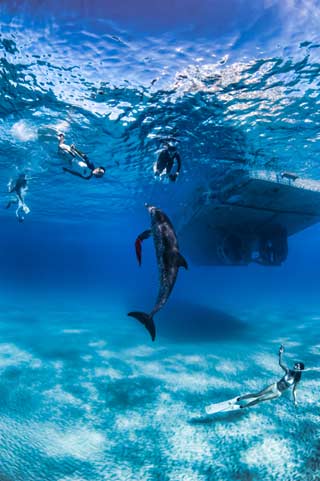
Atlantic Spotted Dolphin
Playing the Bandana Game
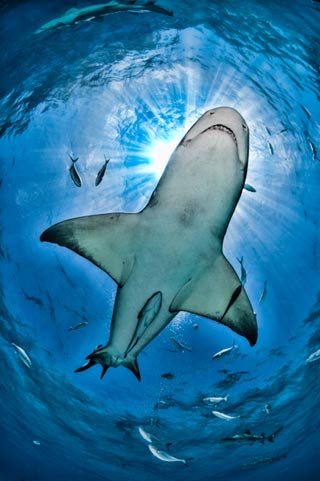
Lemon Shark with Sunburst
and Remoras Fish
Underwater Photography, An Interview With Mike Ellis
Noella Ballenger (NB): What first drew you to the ocean and to becoming a divemaster? Tell us briefly about your education and background?
Mike Ellis (ME): Growing up in Southern California and close to the beach has its perks. From an early age I would spend lots of time there, either on the family boat or surfing. Then a whole new aspect of the water world opened up for me when I became scuba certified in 1987. I decided to take the plunge and continued with my training up through to becoming a NAUI (National Association of Underwater Instructors) Divemaster.
NB: Were you involved with photography prior to the day you were handed that underwater camera by Jim Church?
ME: Not really. I did have a great photo class in high school and it was one of my favorite classes, but as much as I liked it, I was never able to afford a camera. Work came first and until I started to scuba dive the camera thing never took hold.
Enjoy a slideshow with more of Mike’s incredible images.
#1: Schooling Jacks Around a 100 Year Old Anchor Chain
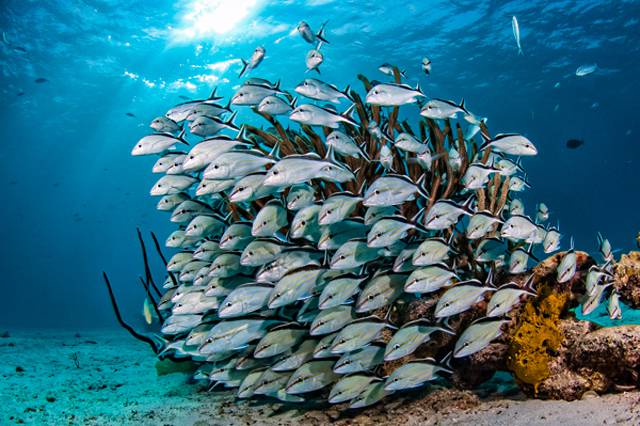
#2: Nassau Grouper Thinks He is in Hiding
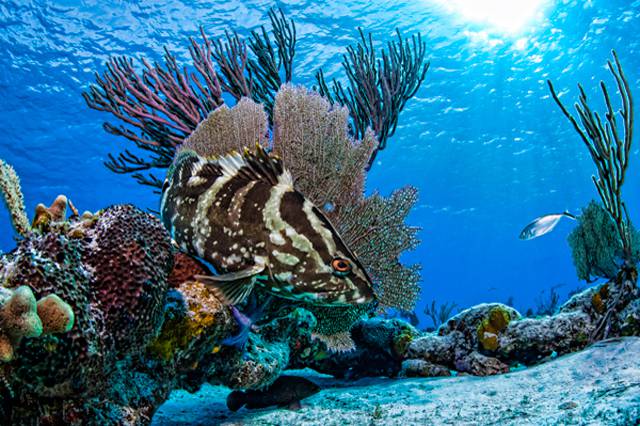
#3: Dolphin Friends on White Sand Ridge
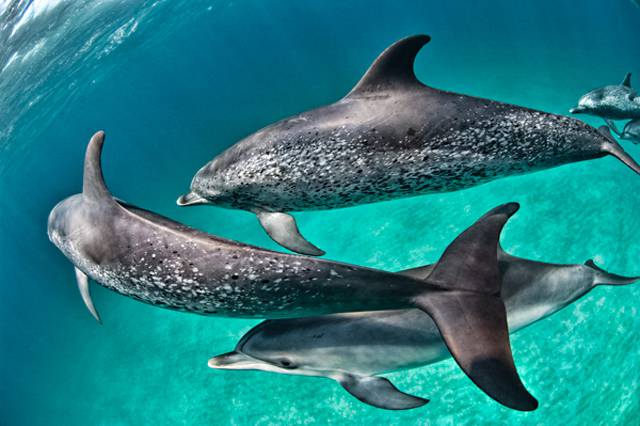
#4: More than Most Other Dolphins, Spotties Like Human Interaction
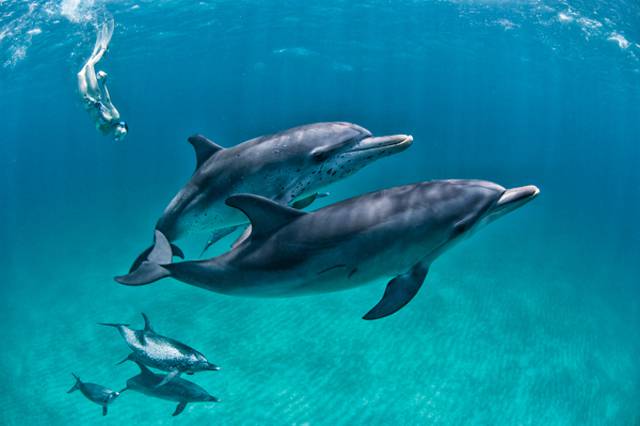
#5: Lemon Sharks Circle Around the Bait Box
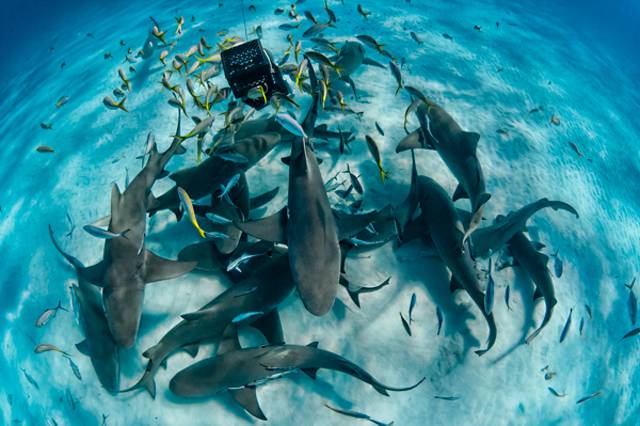
#6: Lemon Shark Follows Me Back to the Boat
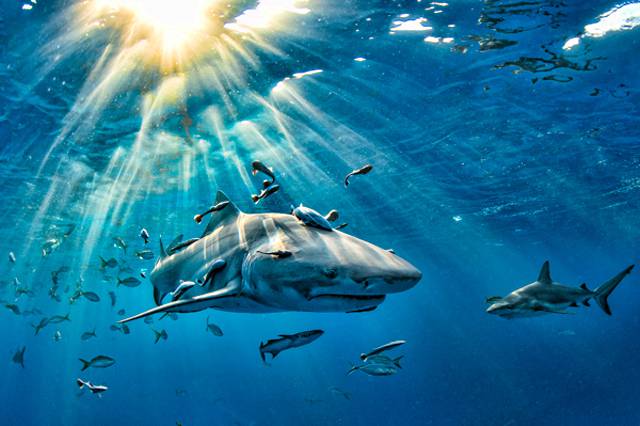
#7: Crew Does Some “Shark Wrangling” During a Dive
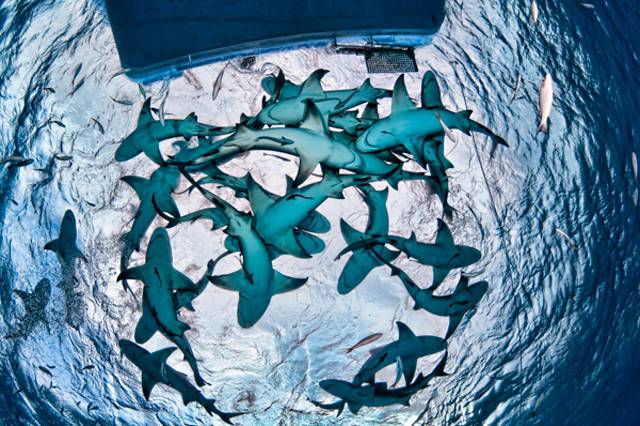
#8: To Rough to Dive: Made Images of Lemon Sharks from the Dive Deck
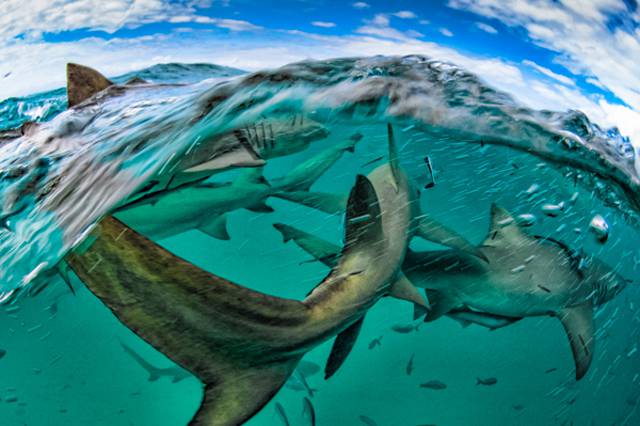
NB: How did that feel when you saw the result of the first images? Was it at that moment when you realized you could make a difference by sharing your photographs with others?
ME: The thrill was were shooting 35mm huge! Back then we slide film, a lot of Fuji Velvia® and we did our own Kodak E-6® processing on the boat. Taking my first underwater photo and then developing it was a great and rewarding experience. Needless to say, every letter home (no internet or email back then) included a list of film, supplies and funds I would need in my next care package.
Sharing photos before the early 90’s only reached a limited number of people. With technology came a new means of communication.
I came to understand that my photography could not only educate the public about the damaging effects of over-fishing and shark-finning at the levels they’ve reached today, but also find that I can actually influence the general public and make a difference in how they view this incredible ecosystem.
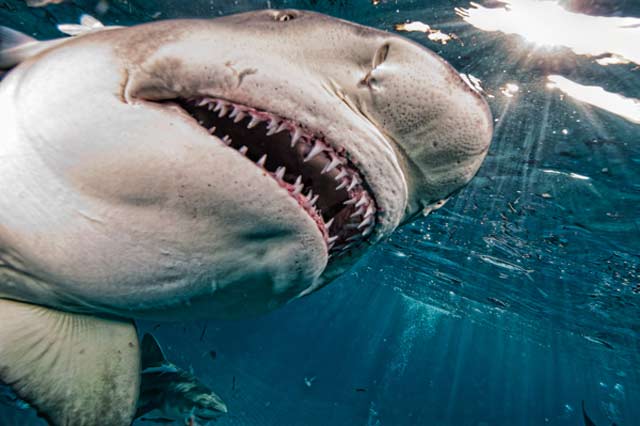
Show Us Those Pearly Whites – Lemon Shark
NB: Did you and do you still have other underwater photography mentors? How have they influenced you?
ME: I always thought highly of Jim church and thank him tremendously for my start. Jim was an old school photographer using film during the time I meet him and I am a firm believer in basics. People like Capt. Kevin Davidson were a huge help with lots of support in the early years.
Photographers such as Jonathan Bird and Michael Aw have been very helpful. They assisted not only photographically, but have educated me and many others on how vital our oceans are. They also help to get the younger generations involved.
NB:What has helped you the most in learning and developing your photographic skills?
ME: I made the transition from film to digital in steps. I started with the best point and shoot at its time, then to a DSLR, and then to an even better DSLR. I’m always trying to be flexible by trying different set ups and lenses. Most importantly, honing those skills and knowing the camera’s abilities and limitations are vital.
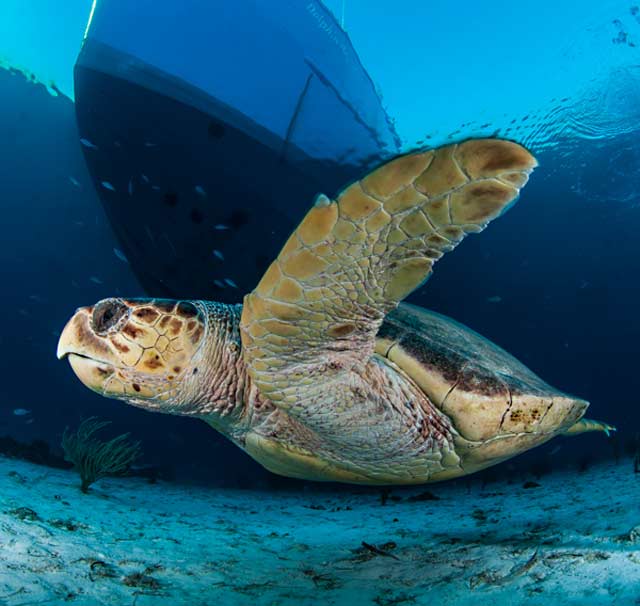
Loggerhead Turtle
NB:How does the process of making images underwater differ from photography on land? Other than the obvious of being water-tight, what special equipment is needed?
ME: How light reacts underwater is quite different then land. Light has to travel through a medium that is 25 times denser than air. So, light and color loss are some are the biggest differences. The #1 Rule for underwater photography is, when you think you are close, GET CLOSER!
Most all lens choices are wide angle to super wide to fisheye. My lens of choice is 10.5mm f2.8 fisheye.
Almost all underwater photography needs a light source other than the sun. Divers need to use underwater strobes to properly light the subjects. A better viewfinder attached to the camera housing also helps a lot. In topside photography it’s not all about the camera, but when underwater, the better camera the better the results.
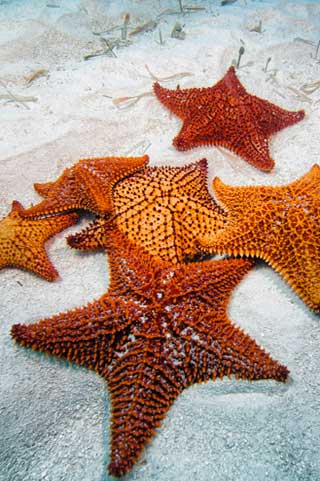
Star Fish – Sea Stars
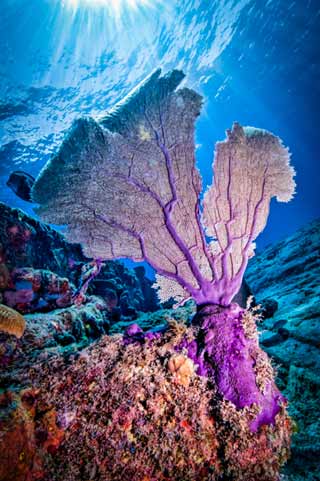
Coral Fan on the Sugar Wreck, Bahamas
NB: For those of us who are landlubbers, give us a little background about diving and how you prepare for a photo session.
ME: There is more preparation needed to create images underwater. You need to make sure that your watertight housing is truly watertight by keeping it up-to-date, o’ring care and proper cleaning of the housing.
There’s also a dome port that needs to remain clean and scratch free. Strobes lights, cables and rechargeable batteries all need to be ready to go. Your diving kit and scuba gear all need to be inspected to be sure they are working properly.
It helps if the weather and subjects all cooperate too!
NB:What resources do you use and how do you find your locations and subjects?
ME: Most Locations are from word of mouth from other photographer friends. But some happen by chance. Once, in Hawaii on the Kona coast I was all ready to go diving ‘til the dive operator came by the boat only to inform me that the trip was canceled.
There I was high and dry with no dive boat. As I was walking back to the car there was a little boat with a dive flag and phone number on it, so I called. As it turned out, it was Jack’s Diving Locker, one of Hawaii’s best dive operators.
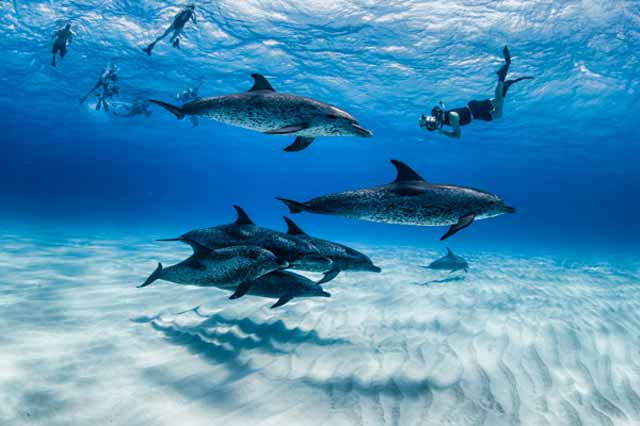
Atlantic Spotted Dolphins on White Sand Ridge, Bahamas
NB:How do you prepare mentally and physically for a dive?
ME: Preparing for a dive, whether it be with sharks or a beautiful coral garden are the same for me. Be Relaxed, well hydrated, know what to expect from the tides, weather and currents and always dive with a buddy.
NB:What safety precautions do you take; swimming with sharks looks pretty awesome and dangerous?
ME: There’s always risk involved when you dive with wild animals, whether it be sharks or dolphins. When diving with sharks you need to know the habits and behaviors of the specific shark species you may be photographing.
You should avoid things like excessive surface swimming, hanging around the bait box or in the chum slick, or handling the sharks, such as grabbing their fins for a ride around the reef. ALL BIG NO-NOS!
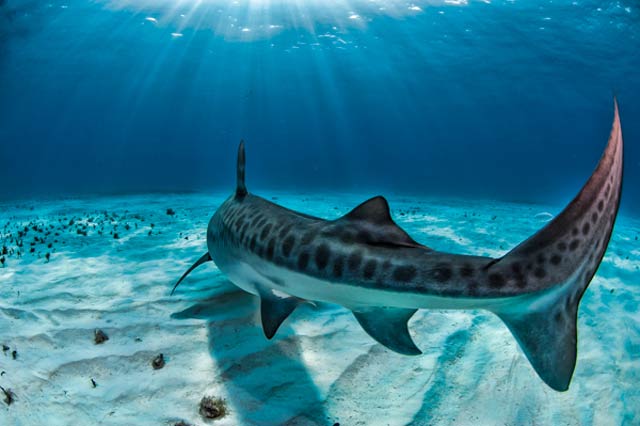
Tiger Shark
NB:What was your most unusual underwater experience – dangerous, humorous or awesome?
ME: For me, each and every dive holds something new and exciting, even to places that I dive often. But one particular dive was quite awesome; we had just finished attaching the boat to our mooring to do a Tiger Shark dive in the northern Bahamas, when all of a sudden a Whale Shark passes about 5 feet from our stern.
What got us excited and made this so special? In the 25 years that the Captain has been running trips to this location, he had only seen a Whale Shark so far up on the Little Bahamas Bank three times – most of the time they are swimming in the deeper waters of the gulfstream.
Like Forrest Gump’s Momma would say, the ocean “Is like a box of chocolates. You never know what you’re gonna get.”
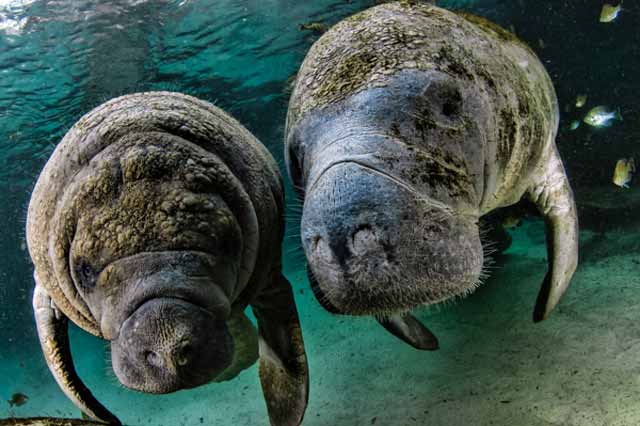
West Indies Manatees, Crystal Springs, Florida
NB:How would you suggest someone get started with underwater photography? Do you have any tips for the aspiring photographers?
ME: First and foremost of course, is to learn to dive and hone your skills, especially your buoyancy skills. Backscatter is a killer for your photos, so not kicking up sand or silt helps a lot.
Ask yourself, “What do you like to photography top side – people, landscapes, animals?” If you like making images of landscapes you might consider over-under shots; for big animals think whales, sharks or dolphins; for people, think about other divers or snorkelers. Try macro photography for the small subjects. Then plan your destination!
NB:What motivates and inspires you today?
ME: People do. I am able to reach so many more people today then say 10, 15 or 20 years ago. I share some of my experiences and help bring to light how important it is that we need to learn all we can to keep our living oceans living.
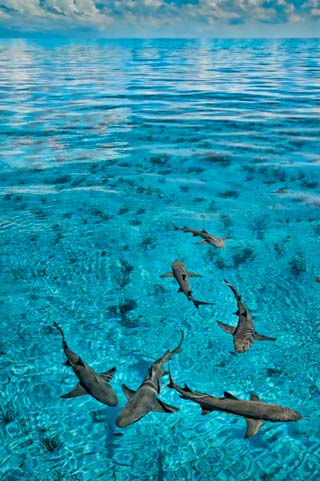
Lemon Sharks at Tiger Beach, Bahamas
NB: The following quote was taken from Mike’s Bio:
“It has also strengthened his compassion towards them & the vital role they play in the delicate balance of the oceans.”
How can the general public make a difference in helping to balance the ecology of the sea?
ME:With knowledge and awareness, our thought process can change.
1. It is NOT an inexhaustible resource.
2. It is not O.K. to go out and kill for sport or for a cup of shark fin soup.
3. Always, always be mindful of the waste that gets dumped into the ocean, such as humans discarding garbage from their boats or leaving debris on the beaches to be washed away with the tide. Plastic bags and one use plastic bottles alone are a huge problem and has become a worldwide issue.
Each of us can make a huge impact, and each of us can educate and encourage others to do the right thing to protect our precious resource!
NB: Thank you Mike for sharing your images with our readers and for taking the time to tell us about your life’s work and passion.
One last question: Is there a way our readers can acquire prints of your work?
ME: Please visit me at my Facebook page: www.facebook.com/OnaiaPhoto
“For the oceans!
by Noella Ballenger – underwater photography Interview
All photos: © Mike Ellis – Onaia Photo. All rights reserved.



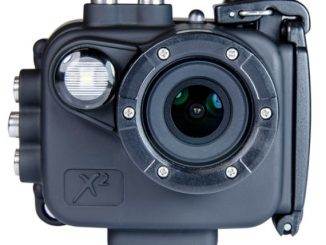
please email me with possible dates and cost of a good dolphin trip. I am recovering from knee replacement but am doing quite well after 3 months and want to go on atrip this summer, june —july—-aug? which ever month has the best weather. Maybe i can convince acouple of other nut cases to join me. Hope all is well send pricing for a single room. are heads only on main deck?